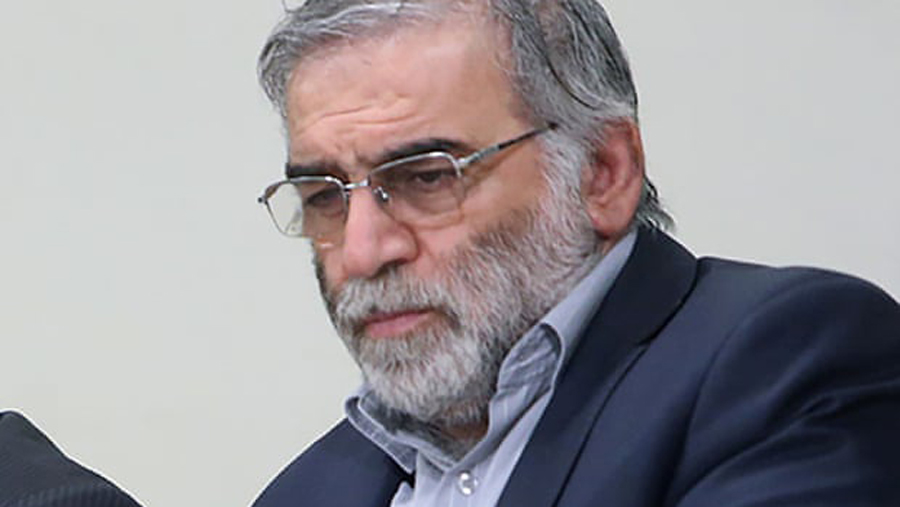Iran’s top nuclear scientist, who American and Israeli intelligence have long charged was behind secret programmes to design an atomic warhead, was shot and killed on Friday as he was travelling in a vehicle in northern Iran, Iranian state media reported.
The scientist, Mohsen Fakhrizadeh, believed to be 59, has been considered the driving force behind Iran’s nuclear weapons programme for two decades, and continued to work after the main part of the effort was quietly disbanded in the early 2000s, according to American intelligence assessment.
Fakhrizadeh was shot as his car was driving through the countryside town of Absard, in the Damavand region, according to official Iranian media and state television.
The state media accounts said that Fakhrizadeh had been gravely wounded in the attack, and that doctors tried to save him in the hospital but could not.
The assassinated scientist had long been a target of Israel’s Mossad.
A shadowy figure, Fakhrizadeh had long been the No. 1 target of the Mossad, Israel’s intelligence service, which is widely believed to be behind a series of assassinations of scientists a decade ago that included some of Fakhrizadeh’s deputies.
Iran never agreed to demands from the International Atomic Energy Agency, the UN nuclear monitoring agency, to let their inspectors question Fakhrizadeh, saying he was an academic who lectured at the Imam Hussein University in downtown Tehran.
Fakhrizadeh was an academic, but a series of classified reports, notably a lengthy 2007 assessment done by the CIA for the George W. Bush administration, said the academic role was a cover story. In 2008, his name was added to a list of Iranian officials whose assets were ordered frozen by the US.
That same year, his activities were disclosed in an unclassified briefing by the IAEA’s chief inspector. Later, it became clear that he ran what the Iranians called Projects 110 and 111 — an effort to tackle the most difficult problems bomb designers face as they try to make a warhead small enough to fit atop a missile and make it survive the rigours of re-entry into the atmosphere.
Iran has always denied it was seeking a nuclear weapon, insisting its production of nuclear material was purely for peaceful purposes. But an Israeli operation in early 2018 that stole a warehouse full of Iranian documents about “Project Amad”, what the Iranians called the nuclear weapons effort 20 years ago, included documents about Fakhrizadeh and his involvement.
Shortly thereafter, Prime Minister Benjamin Netanyahu of Israel singled out Fakhrizadeh in a televised presentation, when he described the secret Israeli operation to seize the archive. Iran had lied about the purpose of its nuclear research, he charged, and he identified Fakhrizadeh as the leader of the Amad programme.
Israeli officials, later backed up by American intelligence officials who reviewed the archive, said the scientist had kept elements of the program alive even after it was ostensibly abandoned. It was now being run covertly, Netanyahu argued, by an organisation within Iran’s defence ministry known as SPND. He added: “You will not be surprised to hear that SPND is led by the same person who led Project Amad, Dr Fakhrizadeh.”
“And also, not coincidentally,” Netanyahu added, showing a picture that appeared to be Fakhrizadeh — there are only a handful of images of him that have been published — “many of SPND’s key personnel worked under Fakhrizadeh on Project Amad.”
Fakhrizadeh’s killing, whoever was responsible, could have broad implications for the incoming Biden administration. It is bound to set off a sharp reaction in Iran, as did the American attack on January 3 that killed Qassim Suleimani, the Iranian major general who ran the elite Quds force of the Islamic Revolutionary Guards Corps.










